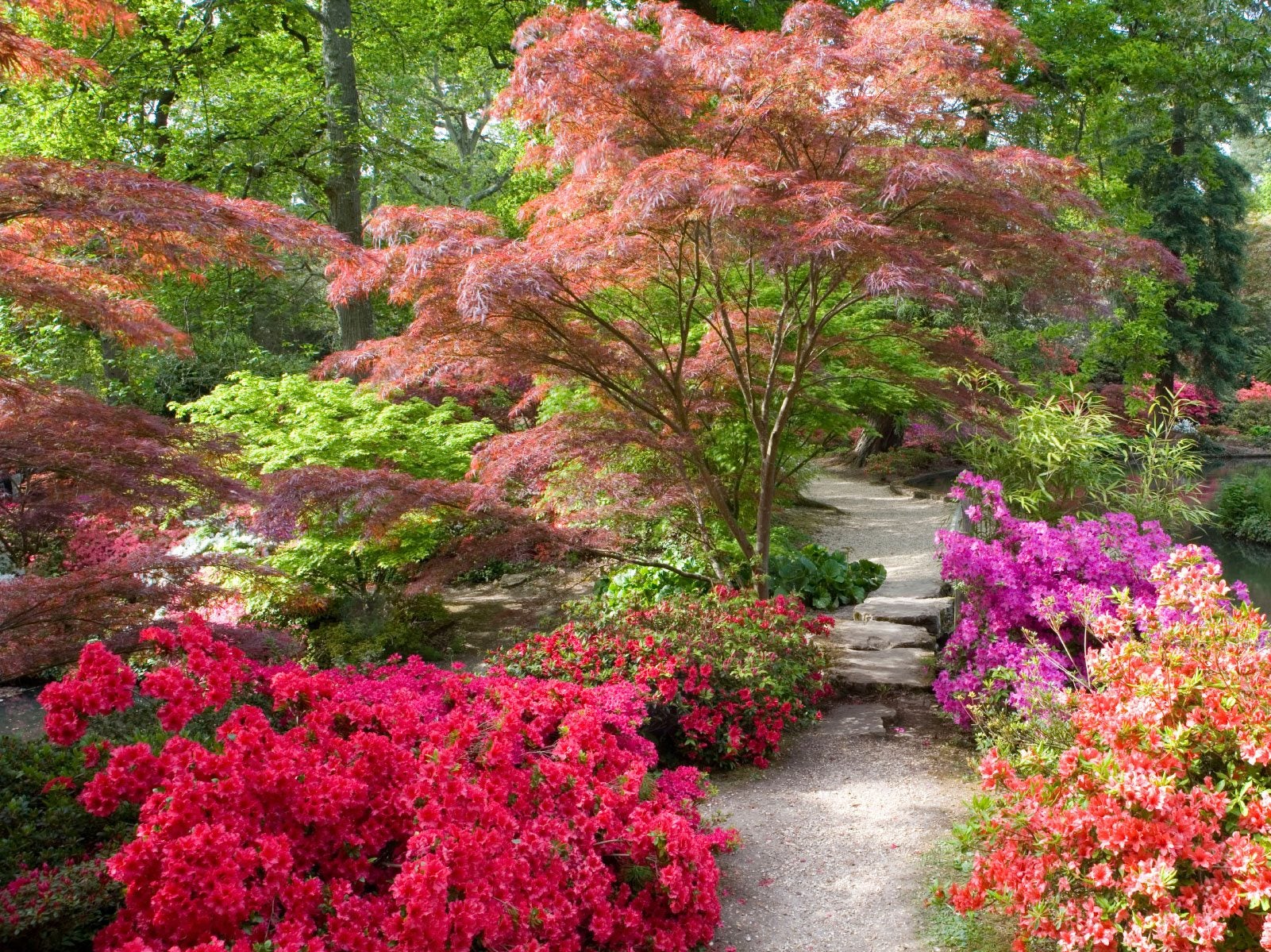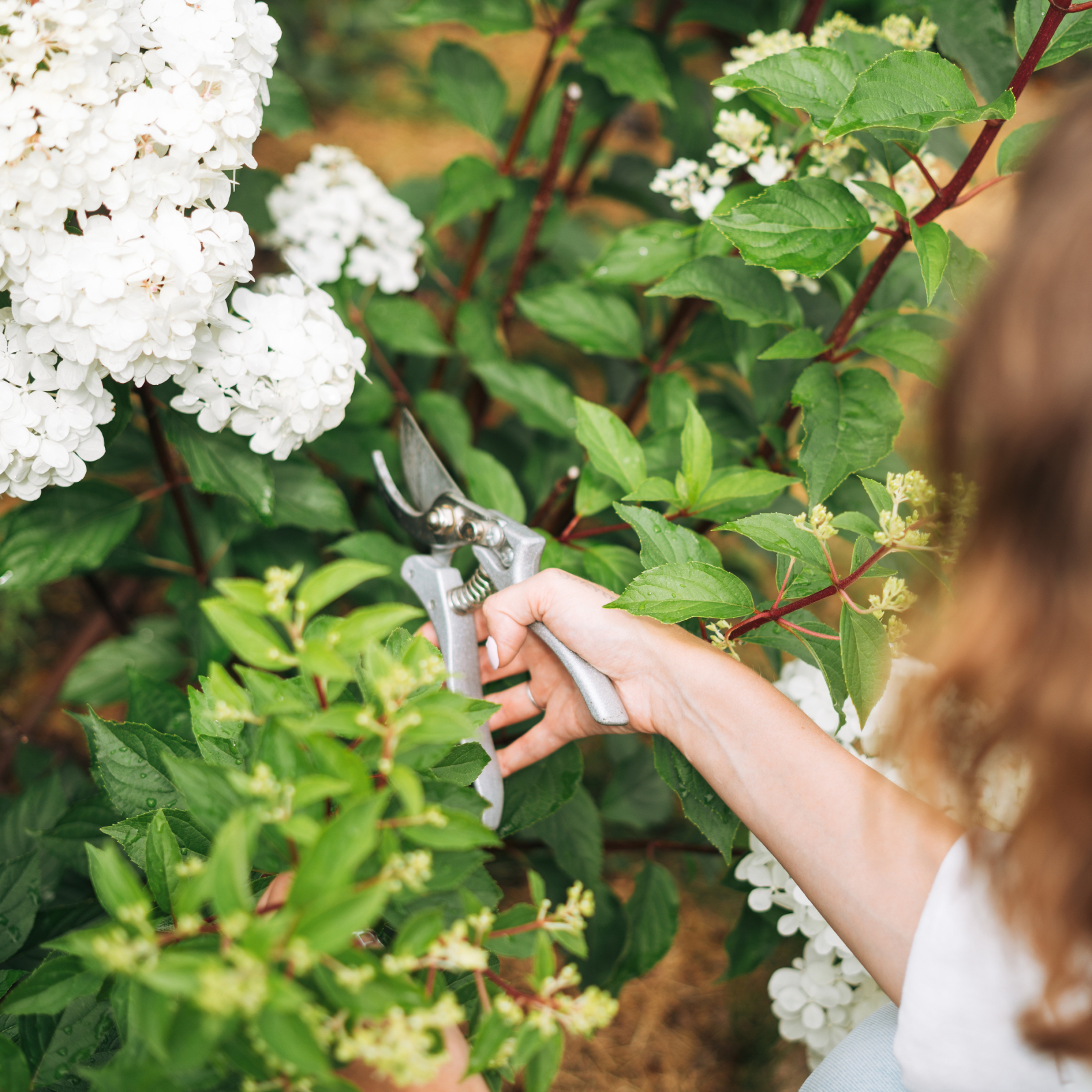Using Geometry In Gardens: Planning A Golden Rectangle Garden


Using the elements of the golden rectangle and the golden ratio, you can create gardens that are compelling and relaxing, regardless of the plants you choose. Find out more about planning a golden rectangle garden in this article.
Using Geometry in Gardens
For centuries, designers have used the golden rectangle in garden design, sometimes without even realizing it. If you're wondering how this could be, take a look at your own garden. How many groups of 3, 5, and 8 do you see? You planted them that way because you found a grouping that size visually appealing without knowing that groups of this size are an integral part of the golden ratio. Many Japanese gardens are known for their soothing designs, which, of course, are designed in golden rectangles and ratios.
What is the Golden Rectangle?
A golden ratio garden begins with a rectangle of the appropriate dimensions. Determine the measurement of the short sides of a golden rectangle by multiplying the length of the long sides by .618. The result should be the length of your short sides. If you know the measurement of the short sides and need to determine the length of the long sides, multiply the known length by 1.618.
Creating a Golden Ratio Garden
Another aspect of the golden ratio is the Fibonacci sequence, which goes like this: 0, 1, 1, 2, 3, 5, 8… To get the next number in the sequence, add the last two numbers together or multiply the last number by 1.618 (Recognize that number?). Use these numbers to determine how many plants to place in each grouping. Coincidentally (or not), you'll find many flower bulbs in catalogs and garden stores packaged in groups of 3, 5, 8 and so forth. You can also use the ratio to determine the heights of plants to grow together. A 6 foot (2 m.) tree, three 4 foot (1 m.) shrubs, and eight 2.5 foot (76 cm. ) perennials is a pattern repeated through the most compelling gardens. I've given you the multipliers that you can use to calculate the lengths of the sides of a golden rectangle, but if you enjoy the beauty and elegance of mathematics, you might enjoy deriving the dimensions with a little geometric exercise. When drawn on graph paper, you can use the drawing to calculate the dimensions by assigning a unit of measurement, such as feet or inches, to each square. Here's how:
- Draw a square.
- Draw a line to divide the square in half, so that you have an upper half and the lower half.
- Draw a diagonal line to divide the upper half of the square into two triangles. Measure the length of the diagonal line. This measurement will be the radius of the arc you are about to draw.
- Using a simple compass like you used in grade school, draw an ark with a radius that you determined in step 3. The arc should touch the lower left and upper left corners of the square. The highest point of the arc is the length of your golden rectangle.
Gardening tips, videos, info and more delivered right to your inbox!
Sign up for the Gardening Know How newsletter today and receive a free copy of our e-book "How to Grow Delicious Tomatoes".

Jackie Carroll has written over 500 articles for Gardening Know How on a wide range of topics.
-
 Pruning Limelight Hydrangea Bushes For Bigger Blooms & Stronger Plants
Pruning Limelight Hydrangea Bushes For Bigger Blooms & Stronger PlantsPruning 'Limelight' hydrangea will benefit the shrub. Flowers will be more bountiful the next year and branches will be stronger. Learn how and when to prune.
-
 What’s Wrong With Your Azaleas? Identify, Tackle And Prevent 6 Common Azalea Pests
What’s Wrong With Your Azaleas? Identify, Tackle And Prevent 6 Common Azalea PestsIf you’ve spotted signs of azalea leaf damage, don’t panic – here’s how to identify the most common azalea pests so you can take action swiftly and keep plants healthy